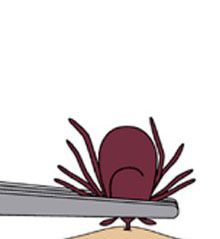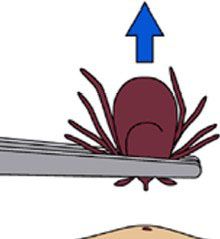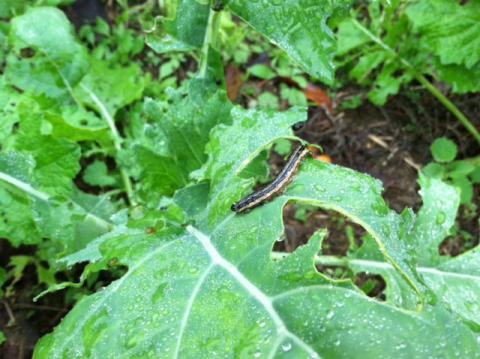Early season hunters need to beware of ticks! Besides carrying lime disease the “Lone Star Tick” has been conveying a meat allergy to its victims throughout the southeastern United States. What could be worse to a hunter than not being able to partake in the luscious back-straps they’ve just harvested? People who acquire this new allergy cannot eat any meat that comes from mammals (like beef, pork and venison)! Patients have reported suffering from nasty hives and acute anaphylaxis (a dangerous and potentially fatal allergic reaction). The reactions are serious enough to require hospitalization and at the very least will provoke the avoidance of all meat.
Removing The Tick
If you've been bitten the CDC recommends you follow these steps to remove the tick:
- Use fine-tipped tweezers or a Tick Key to grasp the tick as close to the skin's surface as possible.
- Pull upward with steady, even pressure. Don't twist or jerk the tick; this can cause the mouth-parts to break off and remain in the skin. If this happens, remove the mouth-parts with tweezers. If you are unable to remove the mouth easily with clean tweezers, leave it alone and let the skin heal.
- After removing the tick, thoroughly clean the bite area and your hands with rubbing alcohol, an iodine scrub, or soap and water.
Avoid folklore remedies such as "painting" the tick with nail polish or petroleum jelly, or using heat to make the tick detach from the skin. Your goal is to remove the tick as quickly as possible--not waiting for it to detach.


Follow-up
If you develop a rash or fever within several weeks of removing a tick, see your doctor. Be sure to tell the doctor about your recent tick bite, when the bite occurred, and where you most likely acquired the tick.






























